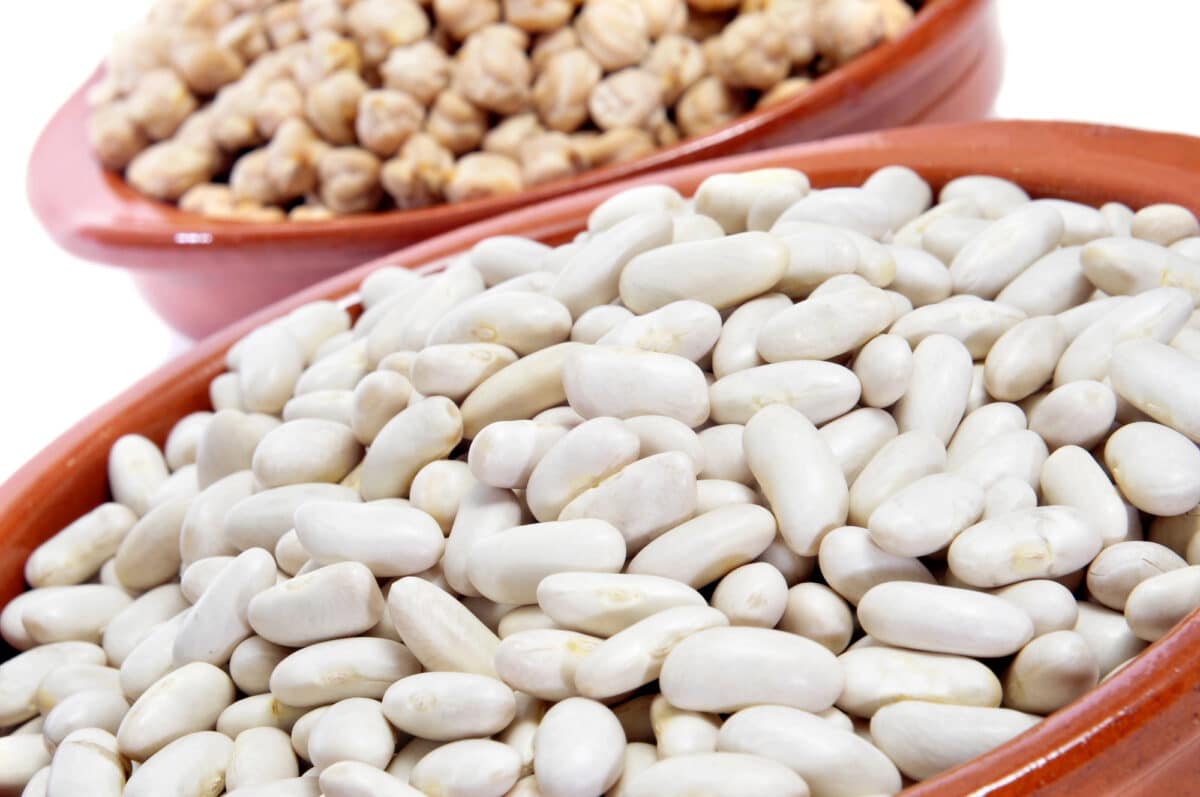What are the differences between chickpeas (garbanzo) and cannellini (white) beans? Both share common ground as legumes that supply plant-based protein, fiber, and a variety of minerals. Both fit well into vegetarian or vegan eating patterns and carry moderate levels of carbohydrates, yet they differ slightly in their nutritional profiles. Chickpeas generally contain more protein per serving and deliver higher levels of iron and certain B vitamins. Cannellini beans offer a creamier consistency and a subtler taste, with slightly fewer calories and a touch more calcium.
When used in dips, chickpeas form the base of many well-known spreads, with hummus as a prime example. Their firmer texture and denser body give such spreads a thick, sturdy consistency. Chickpea-based dips tend to hold their shape well, making them useful for scooping with vegetables or breads. Cannellini beans, on the other hand, create a smoother, silkier spread with a mild flavor that easily takes on added herbs, spices, or olive oil. This makes them suitable for creamy dips where gentler notes are preferred.
Taste-wise, chickpeas stand out with an earthy, nutty character and a slightly grainy feel. They hold up well in salads, stews, and even roasted forms, pairing nicely with hearty spices. Cannellini beans have a milder taste, often described as more neutral and delicate, allowing them to blend into dishes without overpowering other ingredients. They work well in soups, purees, and pasta dishes, adding softness without overshadowing the main flavors.
From a health perspective, both chickpeas and cannellini beans contribute to stable blood sugar levels, support digestive health due to their fiber content, and can assist with maintaining a balanced diet overall.

